Group members
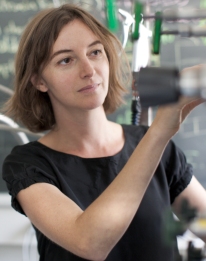 | Prof. Laura Baudis (homepage) Laura Baudis arrived at the UZH in August 2007. She is dedicating her research to answer fundamental questions in particle astrophysics and cosmology. Before moving to Zurich, she spent one year as a professor at the RWTH Aachen University, two years as an assistant professor at the University of Florida, and three years at Stanford University. She is mainly involved in direct searches for particle dark matter with liquid xenon and cryogenic (mK) Ge and Si detectors, and in the search for the neutrinoless double beta decay in 76-Ge. Prior to moving to California, she spent four years at the Max Planck Institute for Nuclear Physics in Heidelberg. In Heidelberg, she was involved in the Heidelberg-Moscow experiment, which had the goal to measure the neutrino mass by detecting a very rare nuclear decay in 76-Ge, and in the Heidelberg Dark Matter Search experiment. Her other passions are her two children, Nathan and Naima. |
 | Dr. Alexander Kish (homepage) Alex is a Research Associate (Oberassistent) in our group. He joined XENON collaboration in January 2007, when he moved to Aachen following his interest in noble gas particle detectors and in dark matter searches, and did his PhD with the XENON100 experiment and succefully defended at the University of Zurich in 2011. Prior to this he had worked at International Sakharov Environmental University and National Academy of Science in Minsk (Belarus), in the fields of nuclear physics, spin chemistry and radioecology. He is leading working groups of the XENON1T project, currentl responsible for photosensors and detector calibrations (with radioactive and light sources), and is a member of the GERDA collaboration and the DARWIN Consortium. His main reasearch interests are rare-events searches, such as direct and indirect dark matter detection, neutrino physics, photodetection, noble gas technology, Monte Carlo simulations, low-background techniques, and high-purity germanium detectors. | Postdocs  | Dr. Michelle Galloway Michelle received her Ph.D. from the University of California at Berkeley with a focus on gamma-ray spectroscopy and imaging for nuclear astrophysics and environmental monitoring applications. Her interest in observing and understanding the invisible matter in the universe prompted her to join the XENON group in 2014. Her favourite activities are hiking, swimming, and playing music. |  | Dr. Roman Hiller Roman works in our group since June 2016, shortly after obtaining his Ph.D. at the Karlsruhe Institute of Technology, where he worked on Tunka-Rex, an experiment for radio detection of cosmic rays. He is broadly interested in astroparticle physics and currently focuses on rare event searches with Germanium detectors in the framework of the GERDA experiment. Outside of physics, he enjoys playing with his daugther, and, if time permits, does a variety of different sports, like football, climbing and skiing. | 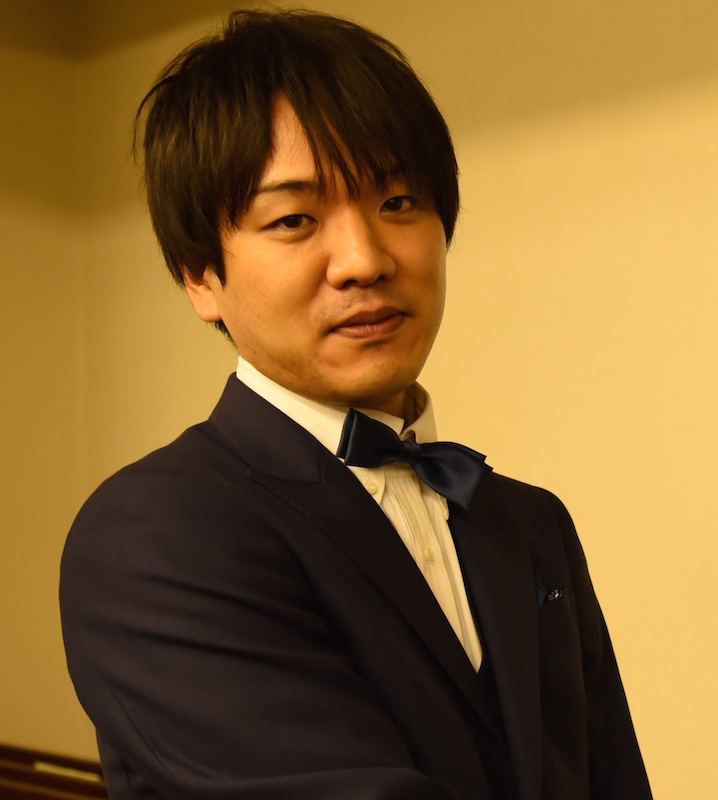 | Dr. Shingo Kazama Shingo Kazama has joined our XENON group in April 2016 as a JSPS postdoctoral fellow. He studied physics at the University of Tokyo and did his Ph.D thesis in the ATLAS experiment. His main research interests are the direct detection of dark matter and the discovery of supersymmetric particles. His favorite activities besides physics are chorus and traveling. | 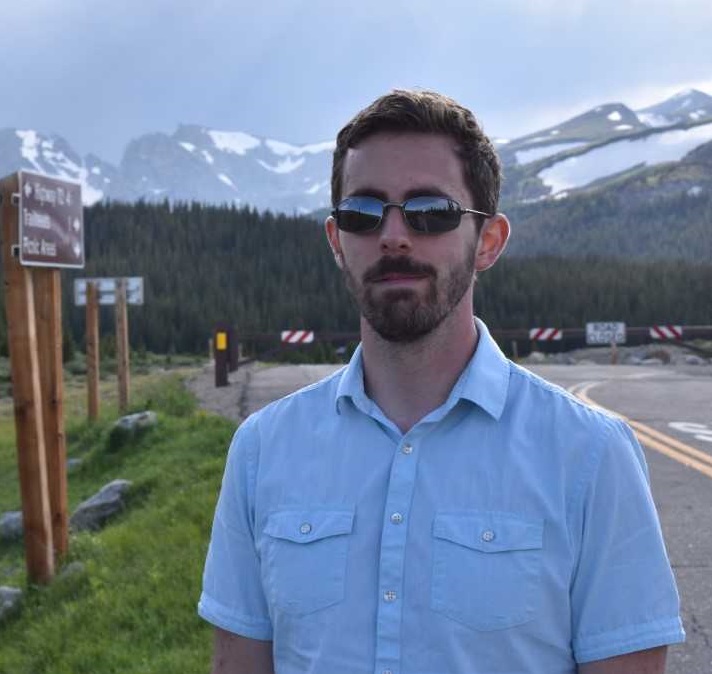 | Dr. Shayne E. Reichard Shayne arrived in Zurich in May 2017, after earning his Ph.D. in XENON's Purdue group in December 2016 and spending the first three months of 2017 as XENON's run coordinator at Gran Sasso. His graduate thesis involved the development of novel calibration techniques for liquid xenon detectors as well as the detection of non-standard dark matter and supernova neutrinos. As a post-doctoral researcher, he will continue to search for this elusive dark matter and investigate what solar and galactic sources can teach us about neutrino physics in both XENON and DARWIN. Outside of the lab, Shayne likes to run, hike, travel, and practice martial arts. | 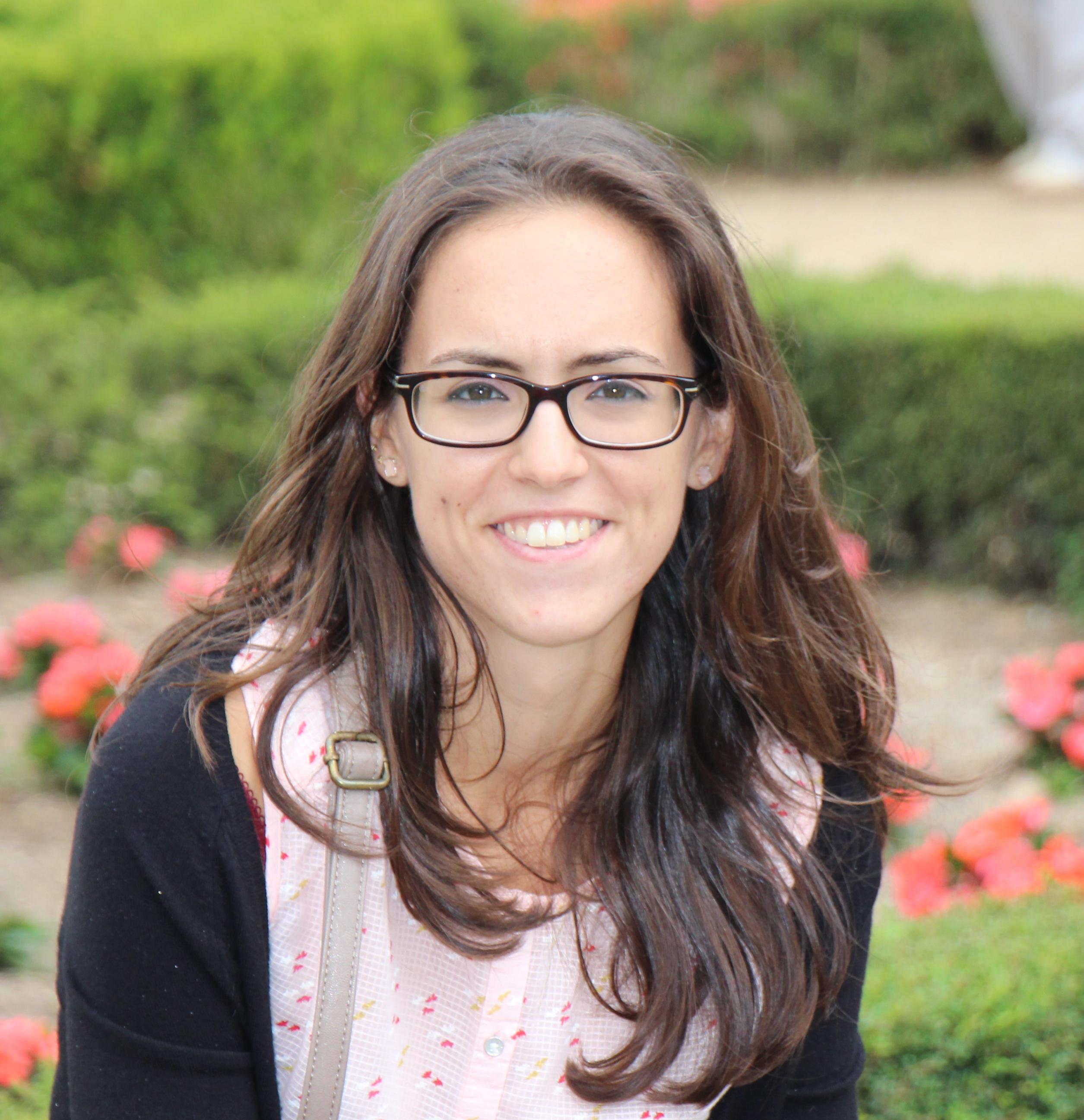 | Dr. Patricia Sanchez Patricia has joined to our group in December 2017. She is one of the new postdocs of the Darwin Collaboration. She studied physics at the University of Granada where she also obtained her PhD. Her thesis was focused on the detection of ultra-high-energy cosmic rays with data of the Pierre Auger Observatory. Besides astroparticles, her main research interests are the experiments with very low background conditions, especially the ones dedicated to the searches of dark matter and neutrinos. In addition she is particularly interested on hardware development for TPCs. Outside work what she likes most is sharing time with her friends, but she also enjoys traveling around and attending to zumba lessons. |
Graduate students 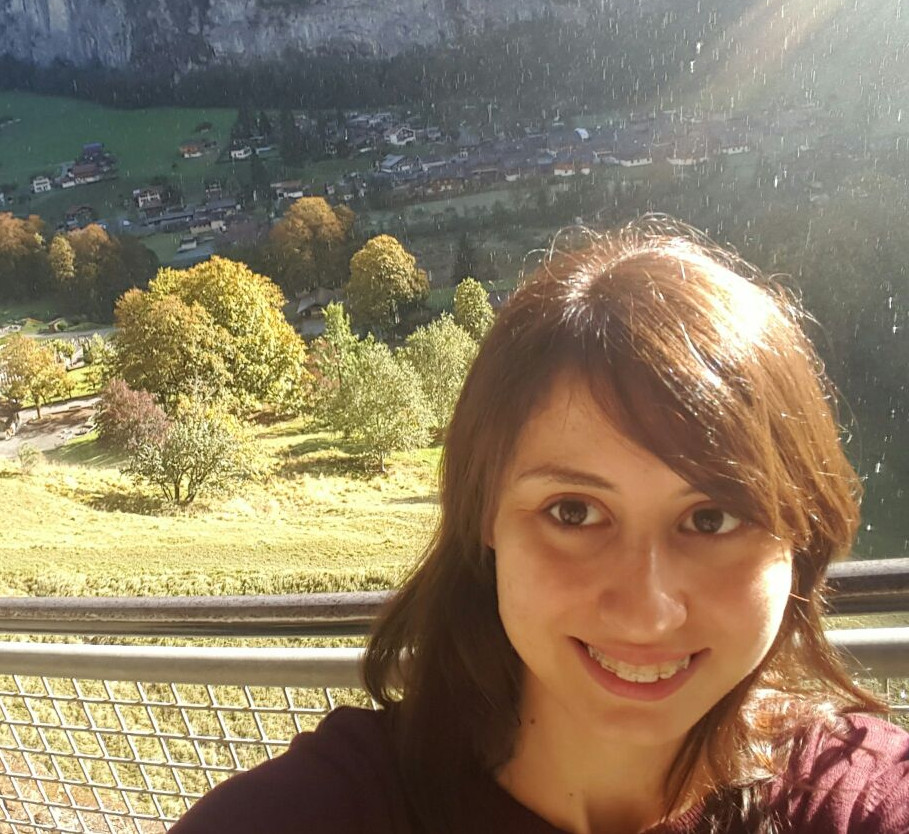 | Yanina Biondi Yanina started her PhD with the group in February 2018 as part of the Darwin collaboration. She completed her masters degree at the University of Buenos Aires, during which time she analyzed the charge and light production due to electronic recoils in a dual phase TPC, with data collected during her master thesis in UZH. She is interested in rare event physics including neutrino and the prospects for dark matter detection. Her other academic interests are Computer Science and Information Theory. Besides physics she enjoys hiking and skiing, swimming, music and literature. |  | Adam Brown Adam started his PhD with the group in September 2016 as part of the XENON collaboration. He completed his masters degree at the University of Cambridge, during which time he was worked with the NNPDF parton distribution function collaboration. He is particularly interested in rare events physics including neutrino and, of course, direct dark matter experiments. Besides physics he enjoys cycling and hiking and skiing in the Alps. | 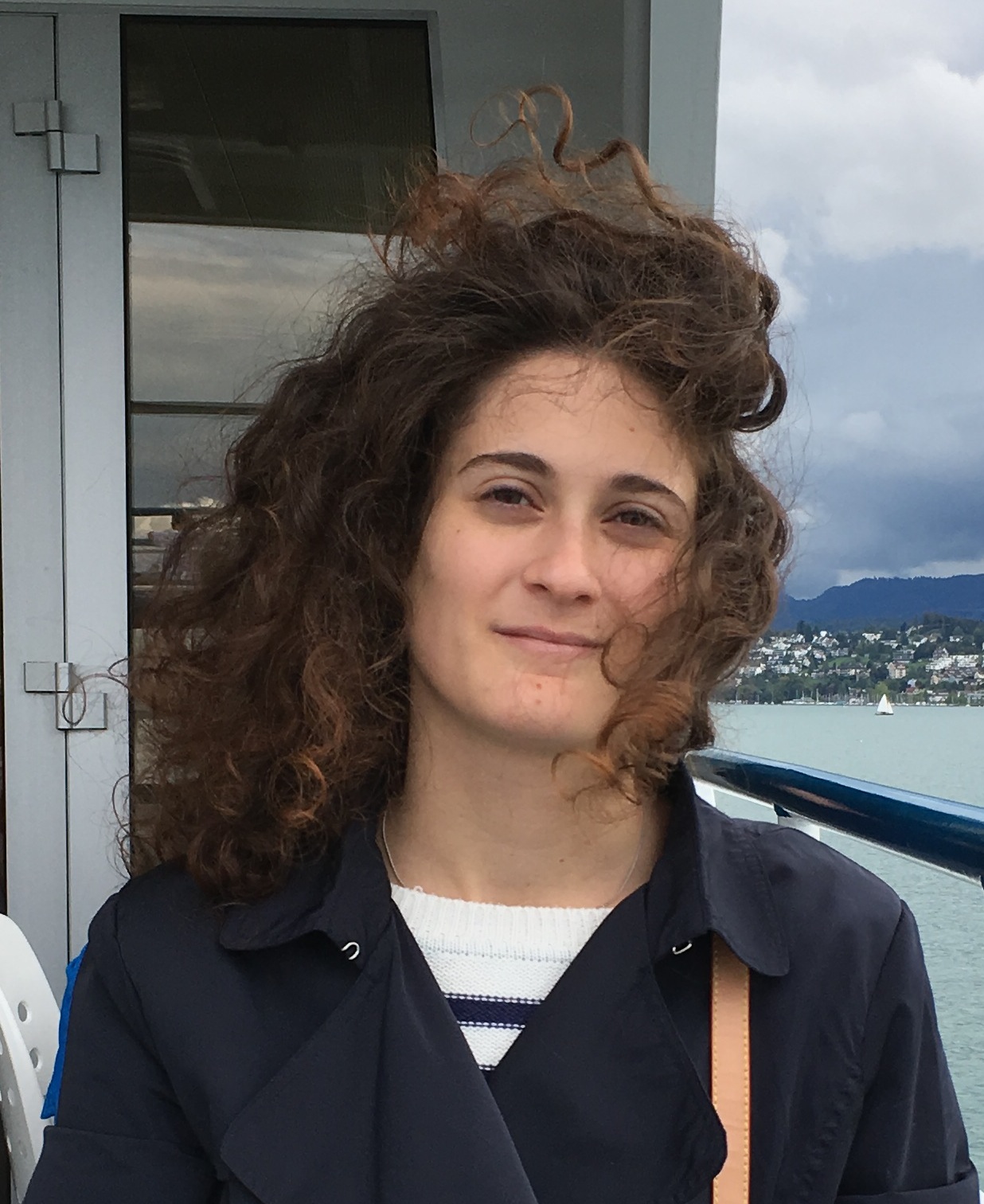 | Chiara Capelli Chiara Capelli studied Physics at the University of Milano-Bicocca. She performed her Master thesis on direct measurement of neutrino mass, working on microwave multiplexing read-out optimization for Transition Edge Sensors. She joined the XENON dark matter search project as a PhD student in August 2016. Her main interests are dark matter, neutrino, low temperature physics and R&D activities. In her free time she likes watching movies, playing martial arts and travelling. |  | Michael Miloradovic Michael started his PhD in December 2015. He completed his Master degree working in the GERDA Collaboration on the Phase II calibration software and on the development of an Emanation Measurement System. The key issues of modern physics such as the neutrino nature, matter antimatter asymmetry, and dark matter are his main interests. Besides physics, he likes music, sports (water polo, tennis, skiing), literature, and teaching. | 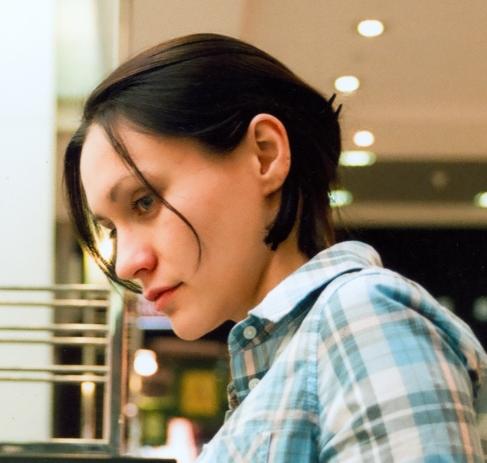 | Rizalina Mingazheva Rizalina has joined to our group as a PhD student in July, 2015. During her master research she was actively participating in the software development for the OPERA experiment, with the main focus on track reconstruction algorithms in nuclear emulsion. Rizalina has a strong interest in investigation of fundamental laws in particle physics, discovering neutrinoless double beta decay nature. In her spare time she likes to read books, practice yoga, bike, and do rock climbing. | 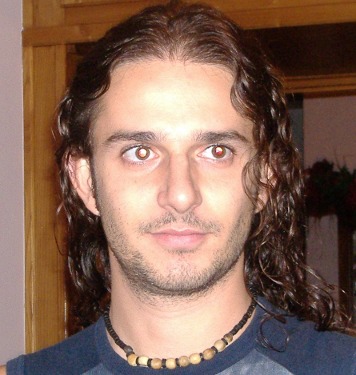 | Francesco Piastra Francesco Piastra joined our XENON group in March 2012 as PhD student. He studied Pysics at the Universita di Roma 2 and got his degree with a thesis within the VIRGO collaboration. At the Universita di Pisa he did his Masters work on the PLASMONX project for laser-plasma electron acceleration. His main interests in physics are direct dark matter searches and the experimental techniques for detection of rare events and very low signals in general. In the free time he likes swimming, reading history books, travelling around, and exploring new cultures and tracking. |  | Chloe Ransom Chloe Ransom studied Physics at the University of Oxford and did her Master's project with the SNO+ group there, working on reconstructing optical scattering positions for the calibration system. She joined our group as a PhD student in September 2016, as part of the GERDA experiment and the Elusives ITN project. She is particularly interested in the possible Majorana nature of the neutrino. Her other interests include cooking, knitting and cycling. |  | Kevin Thieme Kevin Thieme studied Physics at ETH Zurich and completed his master's degree with a thesis on symmetries of non-local field theories for Quantum Gravity at the Max Planck Institute for Gravitational Physics Potsdam. He joined our group as a PhD student in November 2017 within the context of the project Xenoscope which is aiming for the development of the DARWIN detector. His main interest is the design of instruments to perceive nature's fascinating properties beyond the Standard Model, in particular, those of neutrinos and dark matter in low-background experiments. In his spare time, Kevin enjoys the close contact to nature and technics as a glider pilot. | 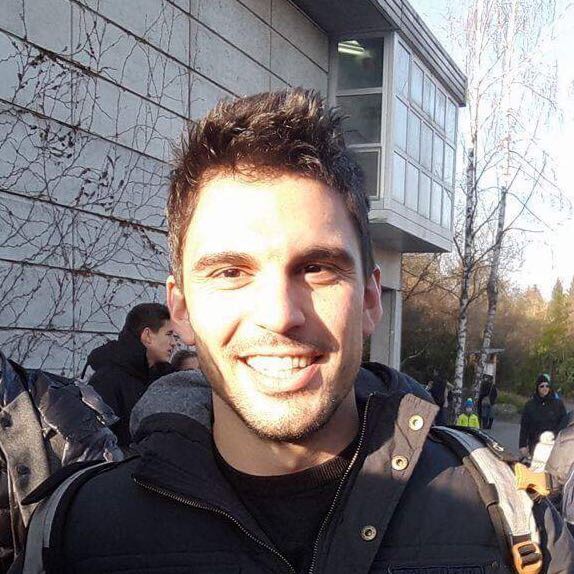 | Julien Wulf Julien Wulf studied Physics at the Karlsruhe Institute of Technology (Germany) and did his Masters thesis within the KATRIN Collaboration. He joined our group as a PhD student in September 2014, being involved in the XENON project. His main interests in physics are direct dark matter searches, solid state and semiconductor physics, computational physics and the physics of particle detectors. In his free time he likes athletics, board games, traveling around and skiing. |
Staff 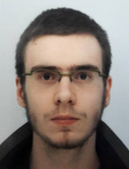 | Lars Bjorn Iven |
Former membersDr. Jesse Angle was a PhD student in our group at the University of Florida, working on the XENON10 experiment. Dr. Martin Auger was postdoctoral fellow working on XENON1T. He is now a research associate at Bern University working on radiation detectors for neutrino and medical physics. Dr. Sebastian Arrenberg was a diploma and later a PhD student in our group, working on the CDMS experiment. He is currently employed at an insurance company in Zurich. Dr. Ali Askin was a PhD student working on the XENON100 experiment. He is now an assistant professor at Munzur Universiry in Turkey. Dr. Peter Barrow was a PhD student working on XENON100, XENON1T and the modulation experiment. He is currently a data scientist at Credit Suisse in Zurich. Dr. Annika Behrens was a PhD student working on the XENON100 and XENON1T experiments. Dr. Giovanni Benato was a PhD student on the GERDA experiment. He is now a postdoctoral fellow at UC Berkeley working on the CUORE project. Dario Biasini was a bachelor student working on the Xurich-II time projection chamber. Martin Bissok was a diploma student at RWTH Aachen, working on the XENON experiment. After completing his PhD at RWTH Aachen, he works as a consultant in Frankfurt. Dr. Tobias Bruch was a PhD student on the CDMS experiment, and later a postdoc on GERDA and XENON100. He works as a lead product application specialist at GE Oil and Gas. Enzio Crivelli was a bachelor student working on a small LiF neutron monitor for XENON100. He continued his research in the LCHb group at UZH. Sandro D'Amato was a bachelor and master student working photosensor (PMT and SiPM) studies at room temperature and in liquid xenon. He works as a security specialist with Suva in Switzerland. Hrvoje Dujmovic was a bachelor and master student working on the Xurich time projection chamber. He is currently a postdoctoral fellow at Sungkyunkwan University, Korea, working on the IceCube experiment. Dr. Alfredo Ferella was a postdoctoral fellow working on XENON, GERDA, and DARWIN. He is now a research associate in Stockholm, working on XENON1T/nT and DARWIN. Dr. Domenico Franco was a postdoc working on the XENON1T experiment. Currently he is an associate research scientist at Yale University, working in neutrino physics. Dr. Francis Froborg was a PhD student working on the first phase of GERDA. After completing a postdoc at Princeton and at Imperial College, she is now a consultant at the AWK Group in Zurich. Christopher Geis was a diploma student working on the Xurich TPC. After completing a PhD on the XENON1T experiment in Main, he is currently working as an engineer in the industry. Andrea Gmuer was a bachelor and a master student working on XENON1T and the Xurich TPC, respectively. Dr. Kiran Kumar Guthikonda was a postdoctoral fellow on the GERDA experiment. He is now an assistant professor in the Department of Physics at Koneru Lakshmaiah University, Vaddeswaram, Guntur. Dr. Marijke Haffke was a PhD student working on the XENON100 project. She works as a dog trainer in Aachen. Dr. Gaudenz Kessler was a PhD student on XENON100 and XENON1T. He is now working as a software engineer at emineo in Zurich. Dr. Samuel Leclercq spent two years as a postdoc at the University of Florida, where he worked on the CDMS experiment at Soudan. Dr. Aaron Manalaysay was a PhD student and later postdoc at the University of Florida, at RWTH Aachen and in Zurich, and later a postdoc He worked on the XENON10 and XENON100 experiments, as well as on Xurich and DARWIN. He is a permanent researcher at UC Davis, working on the LUX and LZ projects. Chris Marentini was a master student working on temperature-dependent characterisations of SiPM arrays and on their future application in large-scale, dual phase TPCs. Dr. Teresa Marrodan Undagoitia was a Fedor Lynen fellow and later a postdoc working on XENON100 and XENON1T. She is now a permanent researcher at MPIK Heidelberg, where she focusses on the XENON and DARWIN projects. Dr. Daniel Mayani Paras was a PhD student on the XENON100 and XENON1T projects. He is currenly working at DECTRIS, a Swiss company focussed on developing photon-counting X-ray detectors. Dr. Payam Pakarha was a master and later PhD student working on the XENON1T experiment, and os the Xurich project. He is currently a postdoctoral researcher at Queens University in Canada, working on the SuperCDMS experiment. Dr. Joerg Orboeck was a postdoc in our group at the University of Florida and later at RWTH Aachen, working on the XENON10 experiment. Benedikt Roidl has studied Aerospace engineering in Aachen and Munich and has graduated in spring 2006. In our group at RWTH Aachen, he was involved in the XENON100 experiment. Currently he is at the Concordial University in Montreal. Dr. Roberto Santorelli was a postdoc working on the XENON100 and GERDA experiments. He is currently a permanent researcher at Ciemat in Madrid, working on ArDM and DUNE. Laura van der Schaaf was a bachelor student working on a small Ge detector in the framework of GERDA. She is currently a PhD student with the LIGO and VIRGO projects at the University of Amsterdam. Stephan Schulte was a diploma student in our group at RWTH Aachen, working on the XENON experiment. He completed PhD thesis on the Pierre Auger experiment at the University of Amsterdam, and is currently Prof. Dr. Marc Schumann was a research associate in our group from 2009 to 2013. He then moved as assistant professor to the University of Bern, and is now a full professor at the University of Freiburg-im_Breisgau. He works on the XENON and DARWIN projects. (homepage) Dr. Michal Tarka was a diploma student working on CDMS and later a PhD student on the first phase a GERDA. He is currently a postdoctoral fellow at University of Massachusetts working on the nEXO project. Yiea-Funk Te was a bachelor student working on low-background techniques for XENON. Dr. Eirini Tziaferi was a postdoc working on XENON100. She is now a research associate at the University of Athens, working on the CMS experiment at CERN. Dr. Manuel Walter was a PhD student working on the first phase of the GERDA experiment. He is currently employed atDr. Yuehuan Wei was a postdoc working on XENON100 and XENON1T. He is currently a postdoc at UCSD.
last modified 07.03.2018 by LB |

















